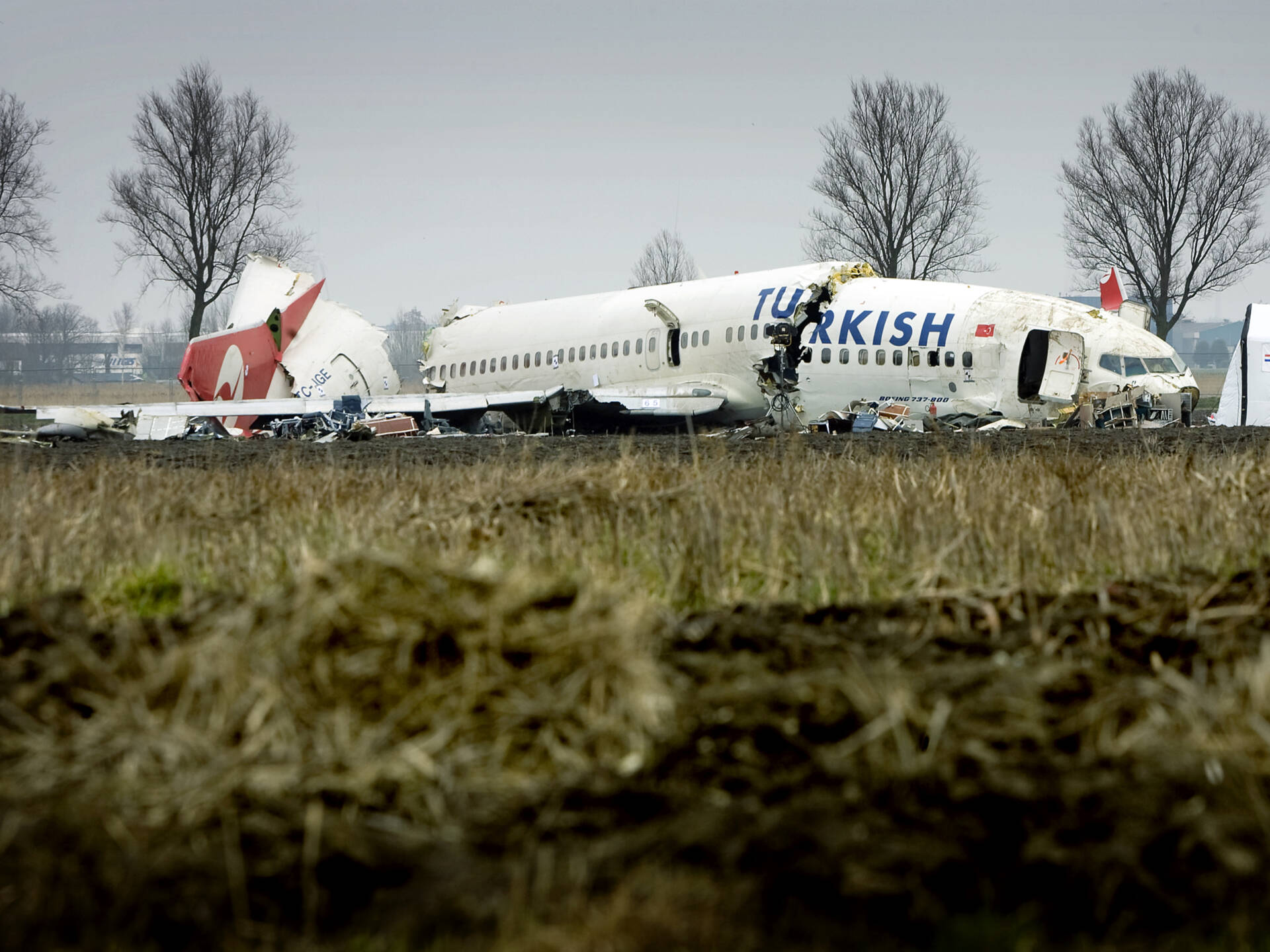
How do experts investigate flight incidents? Understanding the process behind flight incident investigations can be both intriguing and enlightening. These investigations are crucial for improving aviation safety and preventing future accidents. Experts follow a meticulous process that includes collecting evidence, analyzing flight data, and interviewing witnesses. They also examine the aircraft's maintenance records and weather conditions at the time of the incident. Flight incident investigation teams often consist of engineers, pilots, and other specialists who work together to piece together what happened. Their findings lead to recommendations that enhance safety protocols and technology. This collaborative effort ensures that flying remains one of the safest modes of transportation.
Key Takeaways:
- Flight incident investigations focus on improving safety, not assigning blame. They use advanced tools and techniques to uncover crucial information and prevent future accidents.
- Various agencies like NTSB and ICAO lead flight incident investigations globally. The findings lead to important changes in aviation, making flying safer for everyone.
The Importance of Flight Incident Investigation
Flight incident investigations are crucial for ensuring aviation safety. They help identify the causes of accidents and prevent future occurrences. Here are some fascinating facts about this vital process.
-
Flight incident investigations aim to improve safety, not assign blame. The primary goal is to understand what went wrong and how to prevent it from happening again.
-
The black box isn't actually black. It's bright orange to make it easier to find after a crash. It records flight data and cockpit conversations.
-
Investigators use a variety of tools and techniques. These include radar data, satellite imagery, and even underwater robots to locate wreckage.
The Role of Different Agencies
Various agencies around the world are responsible for investigating flight incidents. Each has its own methods and protocols.
-
The National Transportation Safety Board (NTSB) leads investigations in the United States. They are independent and have the authority to make safety recommendations.
-
The International Civil Aviation Organization (ICAO) sets global standards. They ensure that investigations are conducted uniformly worldwide.
-
Local aviation authorities often assist in investigations. They provide valuable insights and resources specific to their region.
The Process of Investigation
The investigation process is meticulous and involves several stages. Each step is designed to uncover crucial information.
-
The initial response involves securing the crash site. This prevents tampering and ensures that evidence is preserved.
-
Witness interviews are conducted early on. Eyewitness accounts can provide valuable clues about what happened.
-
Wreckage analysis is a critical part of the investigation. Investigators examine the debris to understand the sequence of events leading to the crash.
The Science Behind It
Science plays a significant role in understanding flight incidents. From physics to engineering, various scientific principles are applied.
-
Aerodynamics is crucial for understanding crashes. Investigators study how air flows over the aircraft to identify potential issues.
-
Material science helps determine if structural failures occurred. By analyzing metal fatigue and other factors, investigators can pinpoint weaknesses.
-
Human factors are also considered. Pilot error, fatigue, and other human elements are examined to see if they contributed to the incident.
The Outcome of Investigations
The findings from flight incident investigations lead to important changes in aviation. These changes aim to make flying safer for everyone.
-
Safety recommendations are issued based on findings. These can include changes to aircraft design, pilot training, and operational procedures.
-
Regulatory changes often follow major incidents. New laws and regulations are enacted to address identified issues.
-
Public reports are released to ensure transparency. These reports provide detailed accounts of the investigation and its findings.
Final Thoughts on Flight Incident Investigation
Flight incident investigations are crucial for ensuring aviation safety. These inquiries help identify the root causes of accidents, leading to improvements in aircraft design, pilot training, and air traffic control procedures. By understanding what went wrong, investigators can recommend changes to prevent future incidents. This process involves meticulous data collection, analysis, and collaboration among various experts.
The findings from these investigations often result in new regulations and safety protocols, making air travel safer for everyone. It's a continuous cycle of learning and improvement. While the process can be complex and time-consuming, the benefits far outweigh the challenges. Each investigation brings us closer to a safer aviation industry.
So next time you board a plane, remember the rigorous work behind the scenes ensuring your safety. The dedication of those involved in flight incident investigations plays a vital role in making air travel one of the safest modes of transportation.
Frequently Asked Questions
Was this page helpful?
Our commitment to delivering trustworthy and engaging content is at the heart of what we do. Each fact on our site is contributed by real users like you, bringing a wealth of diverse insights and information. To ensure the highest standards of accuracy and reliability, our dedicated editors meticulously review each submission. This process guarantees that the facts we share are not only fascinating but also credible. Trust in our commitment to quality and authenticity as you explore and learn with us.


